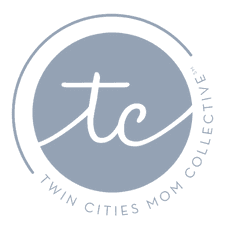 Pumping the brakes to slow down on Minnesota’s snow-covered roads is trusted advice for any driver. On my way to Wayzata to teach kindergarten each winter morning, I often think of this same advice for the five-year olds in my class. Pump the brakes. Slow down. Don’t be in a hurry.
Pumping the brakes to slow down on Minnesota’s snow-covered roads is trusted advice for any driver. On my way to Wayzata to teach kindergarten each winter morning, I often think of this same advice for the five-year olds in my class. Pump the brakes. Slow down. Don’t be in a hurry.
In my heart, I believe in teaching children the value of slowing down. Taking time to be fully present encourages young students to embrace multiple perspectives, develop greater empathy, engage deeply and be more attuned to the wonders of the world around them. In essence, I strive to create an environment that enables them to be mindful. This is good practice in the classroom and at home, where the fast pace of life outside of school can sometimes get in the way of healthy development.
How does developing a mindfulness practice support a young child’s learning and development?
As an educator of young children, this is a question I am asked quite often. Depending on the context, I respond in a variety of ways. I typically begin by acknowledging that for young children being mindful is almost a natural state of being. They are incredibly present, curious and generally receptive to what is happening around them in a given moment. Young children tend not to be consumed by overthinking the past or worrying too much about the future.
Through the simple act of slowing down, like magic, everyday materials and moments can become extraordinary. Taking time to be more mindful also allows us to notice and reflect, which in turn might inspire us to practice patience and kindness.
One cold winter morning, a colleague spread some kindness by bringing me a bouquet of beautiful yellow tulips. This unexpected and delightful surprise became the catalyst for an impromptu conversation with my students about kindness and mindfulness. Each morning in my classroom, students and I greet one another through song or some other welcoming gesture. On the day the tulips arrived, we incorporated the flowers into this morning ritual by offering each child a moment to quietly observe the flower, engaging the senses, before passing it to their neighbor and greeting them with a “good morning.”
Why do this work with children?
Mindfulness fosters self-awareness and self-regulation. It enhances psychological well-being and helps young children develop greater empathy. Mindfulness strengthens observational skills, supports responsible decision-making and helps manage emotions. I find this quote from The MindUp curriculum to be especially helpful: “A child who learns to monitor his or her senses and feelings becomes more aware and better understands how to respond to the world reflectively instead of reflexively.”
How do you develop a mindfulness-based practice with children? Where do you start? What is accessible to young children?
The launching point for teaching mindfulness depends on the group of children and the context. In general, the students and I generally start with learning about the breath, as it is the core of a mindfulness-based practice. From there, I often transition into introducing three major parts of the brain (prefrontal cortex, amygdala and hippocampus), while also connecting the concepts of breath and brain function. We begin by learning about the amygdala, “the security guard.” Then we explore the prefrontal cortex, “the wise leader” and follow by diving into the hippocampus, “the keeper of memories.”
The topic of brain anatomy may sound beyond the reach of kindergarteners, but I have found that even the youngest children are able to understand these concepts. They also demonstrate a real appreciation for knowing what’s going on in their minds and bodies, particularly when experiencing big emotions.
I encourage parents to partner with me by offering questions to prompt similar conversations at home. I ask them to ask their child questions such as: “In what ways did your use your brain during work choice this morning?” “How many pounds does your brain weigh?” “What is a mini-vacation?” “How does a mini-vacation help your brain when you are having big feelings?”
Developing mindfulness-based practices and brain awareness is the first step in what should be a lifelong journey of learning and wellbeing. Pumping the brakes is just the start.
About the Author: Christy Spencer has taught at both the pre-kindergarten and kindergarten level at The Blake School for 9 years.
About The Blake School: The Blake School is a Pre-K through 12 independent school with three campus locations in Hopkins, Minneapolis and Wayzata. For information about our early childhood education program, click here. Blake is currently accepting applications for grades PK-12 for the 2020-2021 school year. Learn more about our admissions timeline and process here.



